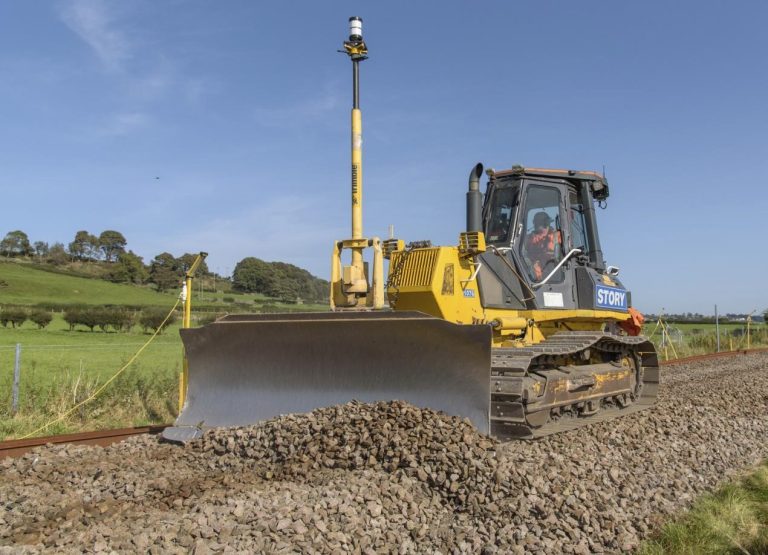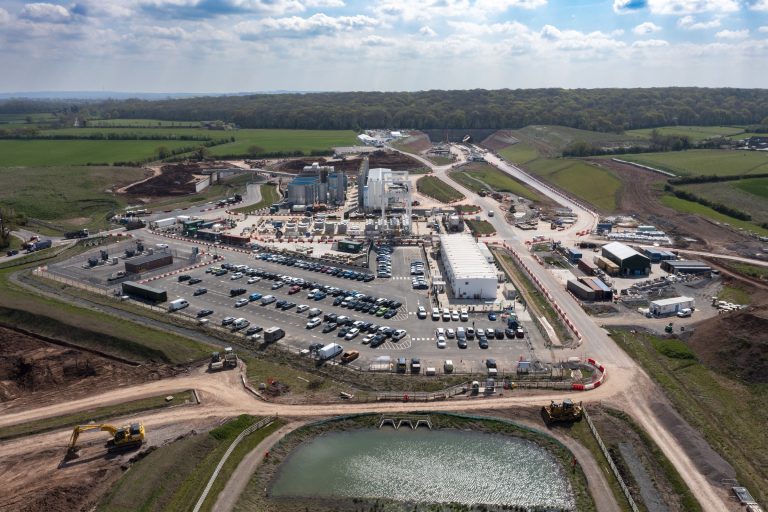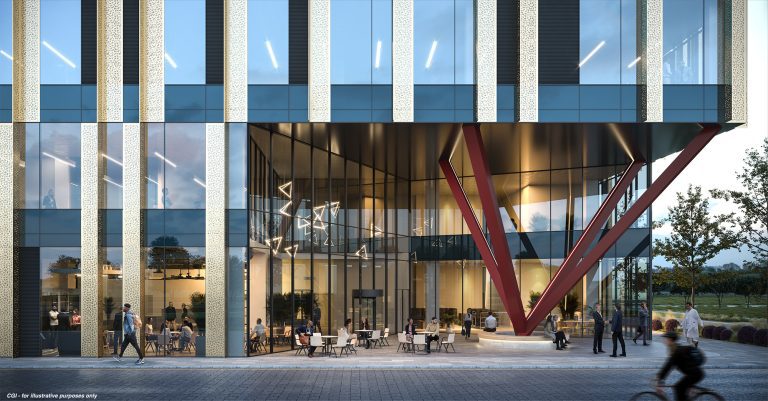Leading independent property advisory firm, Lismore Real Estate Advisors today released its review of the Scottish investment market for the second quarter of 2022. Following a strong start to the year, Q2 has continued the momentum with transactional trading of circa £612m, up some 104% on Q2 2021. Activity for the quarter was 56% above the five-year average, although the average is obviously skewed by a Covid hit Q2 2020. Excluding 2020, the Q2 2022 figure is 27% above the average. The standout deal of the quarter was HFD Property Group’s £215m sale (4.50% yield) of 177 Bothwell Street, Glasgow to Pontegadea, one of the biggest regional office deals ever concluded, with ESG credentials driving premium pricing. Other key transactions included the £30.2m sale of the Premier Inn, Sauchiehall Street, Glasgow, the £16m sale of 123-129 Buchanan Street, Glasgow and the sale of 124-125 Princes Street, Edinburgh for £15.8m. A number of significant deals, particularly in the PBSA market, are due to complete early in Q3 which should provide a pre-summer flurry before what could be a quiet summer as investors take stock of the macroeconomic environment. Pressure on pricing Pricing likely to come under pressure cross sector on assets which are not absolutely prime, particularly if they do not meet ESG credentials. This is further driven by increased cost of capital and more cautious decision making. UK pension funds and investment managers continue to seek secure long income defensive stock, particularly in the logistics and PBSA sectors. There remains a significant weight of capital from overseas investors, particularly from North America, the Middle East and Europe. UK based property companies continue to be acquisitive in the retail warehousing and industrial sectors, targeting the best locations with strong occupational dynamics where they can achieve optimum pricing/value. Colin Finlayson, Director of Lismore comments: “Cash remains king, asthe increasing cost of capital for debt backed investors is creating an advantage to cash investors – if they can move quickly then opportunities will arise in the second half of the year. “There remains a persistent strong demand for PBSA from sector specialists and funds, which is driving pricing. The Scottish BTR market continues apace in Glasgow and Edinburgh although build cost inflation is keeping the supply pipeline in check. “Aberdeen could see resurgence and be one of the winners over the next six months, with investors seeking out higher yielding stock to balance their portfolios. The Granite City may well begin turning heads, with a yield discount to prime central belt assets of circa 400-500bps. “After a strong Q1, caution in the market is leading driven by the war in Ukraine, rising inflation and more challenging debt conditions, has caused by investors to pause for breath.” Investors expect yields to soften for the remainder of the year Lismore investor research on the office market has shown that 61% of investors expect yields to soften over the next six months and it was noted that prime London yields have already begun to soften, with the regions traditionally lagging behind. Funds and investment managers were the most pessimistic with 100% of funds and 63% of investment managers anticipating yields cooling in the remainder of 2022. However, a quarter of investment manager expected yields to harden in the second half of the year. Property companies are more bullish with 64% expecting yields to stay the same. Lismore’s research findings showed that location was the key driver for occupational demand, accounting for 32% of responses, followed by total occupational costs by 26% and macroeconomic sentiment by 24% of respondents, with persistently high inflation and rising interest rates identified as key issues over the next six months. Post pandemic, 46% of respondents believe that the importance of the office has decreased, with investment managers being split 50/50 between the importance increasing and decreasing. For an expert view on the office market, Lismore spoke with Stephen Lewis, managing director, HFD Property Company, who said: “Investors’ considerations will mirror those of occupiers, especially for offices. The key factors are the flight to quality and ESG; however, well-being, connectivity and other attributes will also contribute to the selection of one building over another. “Our project at 177 Bothwell Street has delivered a range of market ‘firsts’, including the incorporation of Scotland’s first metro data centre, rooftop running track and drone landing pad. It’s about future-proofing and providing resilience.” “We are seeing all types of occupiers embarking on their own ESG journeys. Across our portfolio we are undertaking a significant decarbonisation project to improve energy efficiency, increasing the use of renewable energy and installing infrastructure to support electric vehicles. It’s important for us as a business, but more importantly, it’s something our occupiers are looking for. “Over the next 10 to 15 years, construction of modern workplaces will evolve and materials used will largely be driven by decarbonisation, both from an operational and embodied perspective. There are some myths to dispel around the choice of materials – it is possible to build a fully glazed building and still meet energy performance targets, however, it undoubtedly takes a lot of work. There’s also a need to balance both sides of the equation between operational and embodied carbon. “We can foresee is that there will an even greater focus on data and ‘smart tech’ in its broadest sense, including sensor networks to gather real-time information about how occupiers use buildings. “Looking forward, hybrid working is here to stay but we will see more changes as macro factors influence the way we work. What we haven’t been able to fully determine yet is the impact on the demand for office space. While overall occupational demand for space has reduced, it isn’t necessarily aligned to working from home with more space also being converted to alternative work environments. “Something that remains to be seen is how policies on remote working might change when the recession bites. During economic downturn, the need to maximise productivity, innovation and collaboration is never higher, and I suspect that will














